Best Seasons for Foundation Repairs
Foundation repairs are most effective when performed during specific seasons that allow for optimal working conditions. The best time generally depends on local climate patterns, soil conditions, and weather stability. In regions with cold winters, it is advisable to schedule repairs during the warmer months when ground temperatures are more stable and soil is not frozen. Conversely, in areas with mild or warm climates, late spring through early fall provides suitable conditions for foundation work.
Late spring to early fall offers the best conditions for foundation repairs due to stable ground and predictable weather.
Cold weather can cause soil to freeze, making repairs more difficult and less effective during winter months.
Dry, stable soil during warmer months reduces the risk of shifting and allows for more durable repairs.
Avoid periods of heavy rain or extreme heat to ensure safety and quality of foundation work.
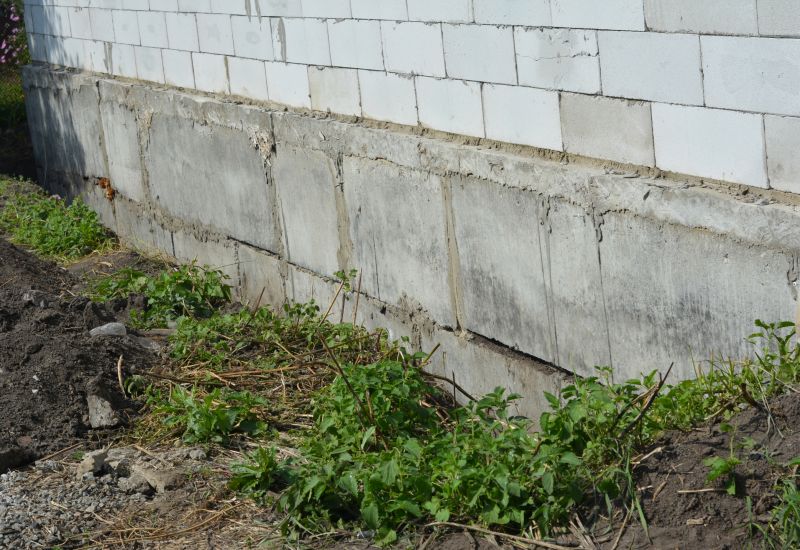
Spring offers moderate temperatures and manageable soil moisture levels for effective repairs.
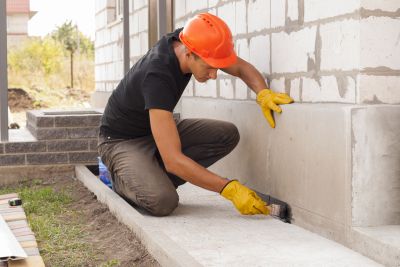
Summer provides longer daylight hours and stable ground conditions for comprehensive repairs.

Autumn allows for repairs before soil becomes too cold and frozen for effective work.
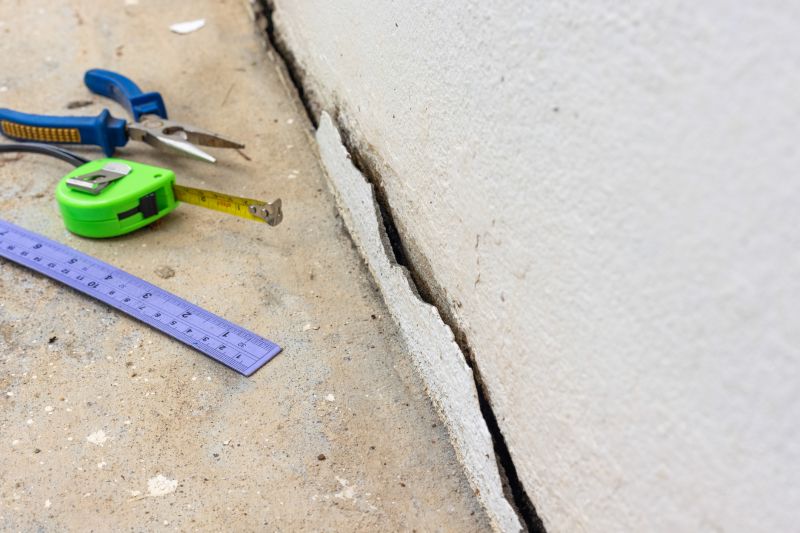
Ways to make Foundation Repairs work in tight or awkward layouts.
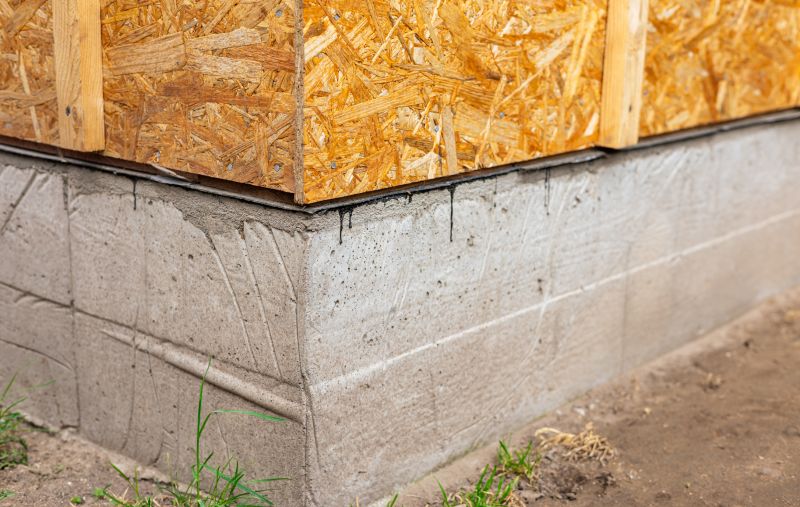
Popular materials for Foundation Repairs and why they hold up over time.
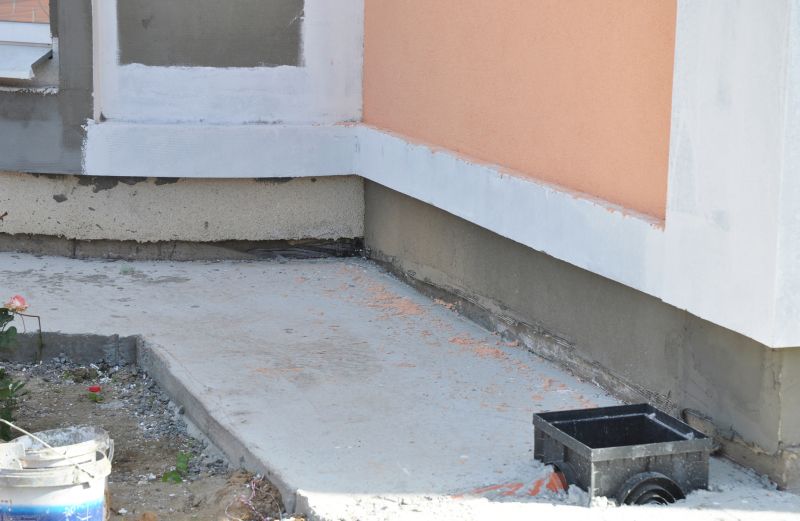
Simple add-ons that improve Foundation Repairs without blowing the budget.
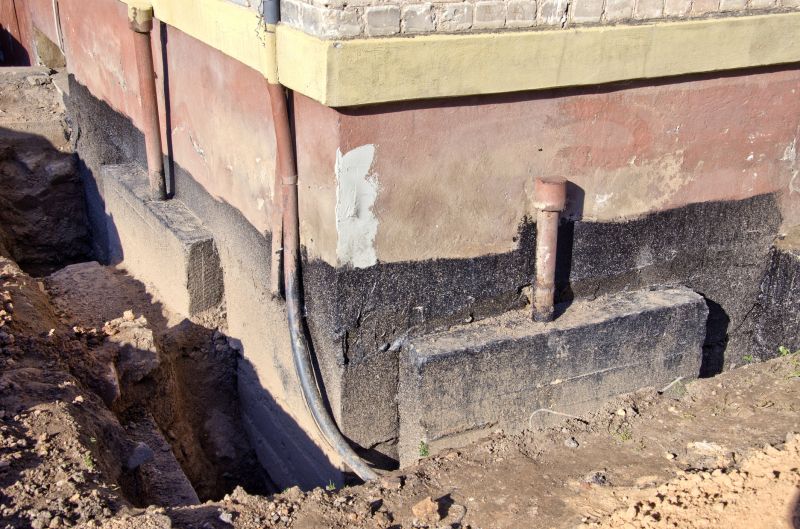
High-end options that actually feel worth it for Foundation Repairs.
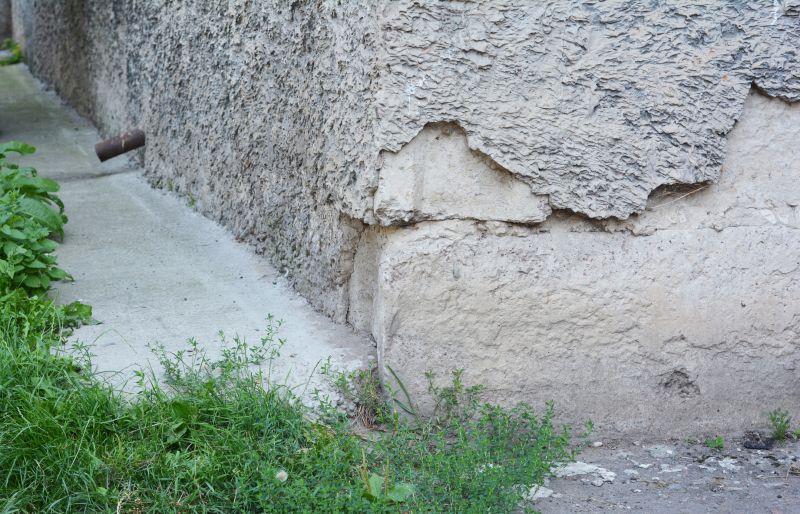
Finishes and colors that play nicely with Foundation Repairs.
| Season | Best For |
|---|---|
| Spring | Moderate weather and soil conditions ideal for repairs. |
| Summer | Longer days and stable ground support extensive work. |
| Autumn | Prepares foundation before winter freeze. |
| Winter | Generally not recommended due to frozen ground and weather challenges. |
Foundation repairs are essential for maintaining the structural integrity of a building. They address issues such as settling, cracking, and shifting caused by soil movement, moisture changes, and other environmental factors. Proper timing ensures that repairs are durable and effective, reducing the risk of future problems. Soil conditions play a critical role; dry, stable soil during warmer months minimizes movement and enhances repair longevity. Weather impacts also influence scheduling, as extreme conditions can compromise the quality of work or safety.
Statistics indicate that foundation issues are among the most common structural problems in residential buildings, with a significant percentage occurring in regions with seasonal soil fluctuations. Timely repairs can prevent costly damages and improve the safety and value of a property. Regular inspections and maintenance are recommended to identify issues early and plan repairs during optimal seasons for the best results.
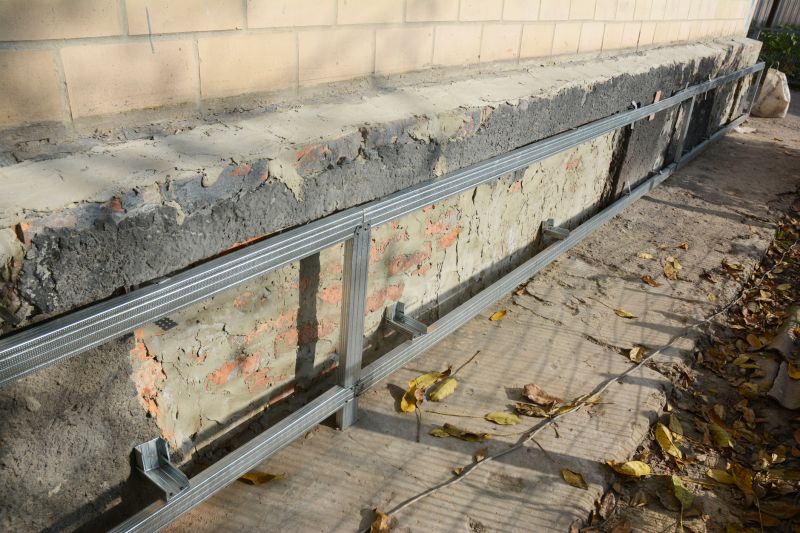
A comprehensive approach involves assessment, soil stabilization, and structural reinforcement.

Visible cracks can indicate shifting and require prompt repair to prevent further damage.

Methods like underpinning and piering help stabilize foundations affected by soil movement.
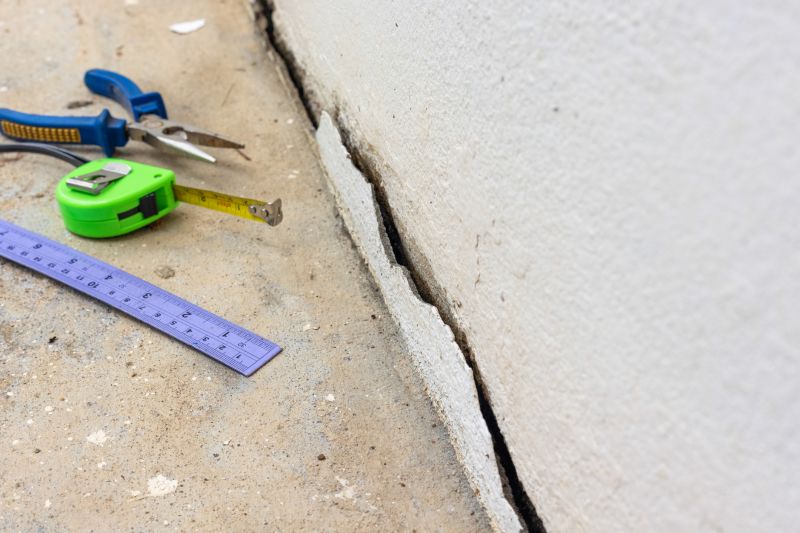
Proper repairs restore stability and prevent future structural issues.
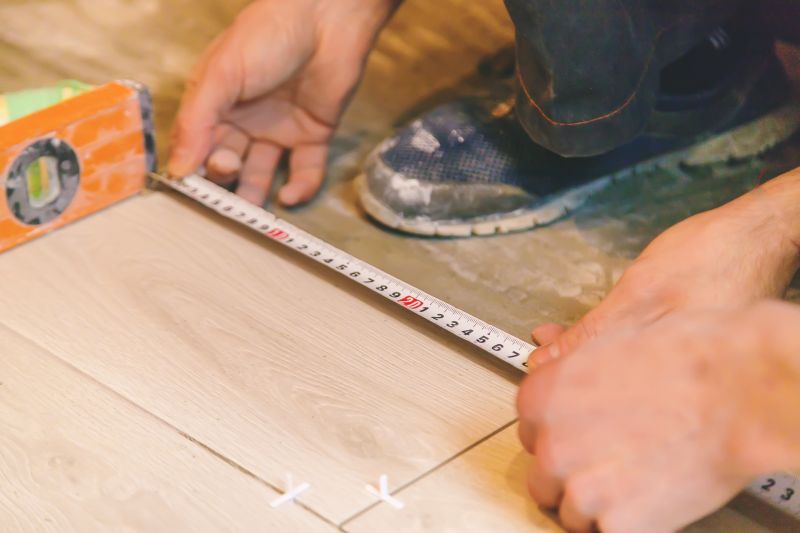
Little measurements that prevent headaches on Foundation Repairs day.
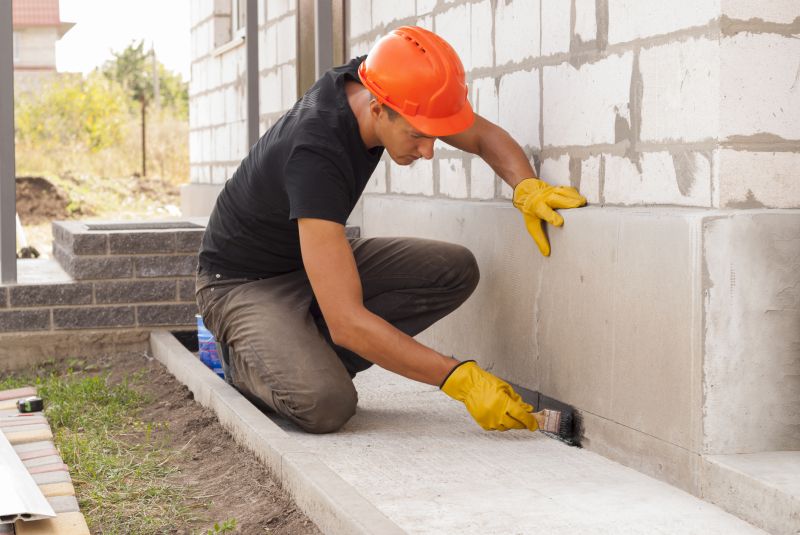
A 60-second routine that keeps Foundation Repairs looking new.

A frequent mistake in Foundation Repairs and how to dodge it.
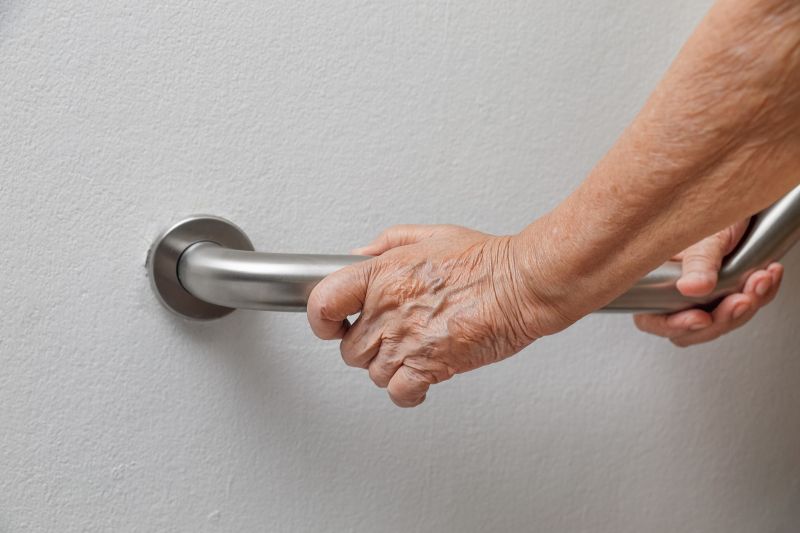
Small tweaks to make Foundation Repairs safer and easier to use.
Interested property owners are encouraged to contact for further information on scheduling foundation repairs. Proper timing and professional assessment can ensure long-lasting results and protect the structural integrity of the building.


